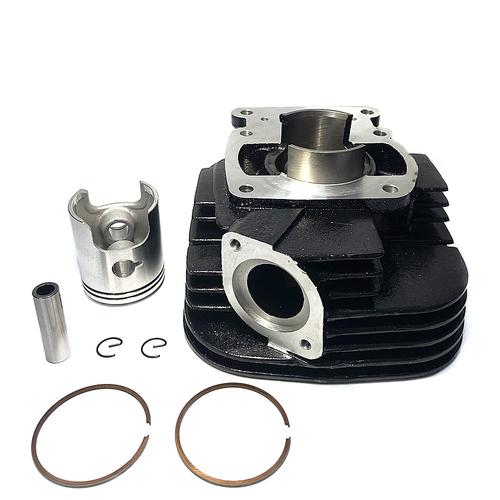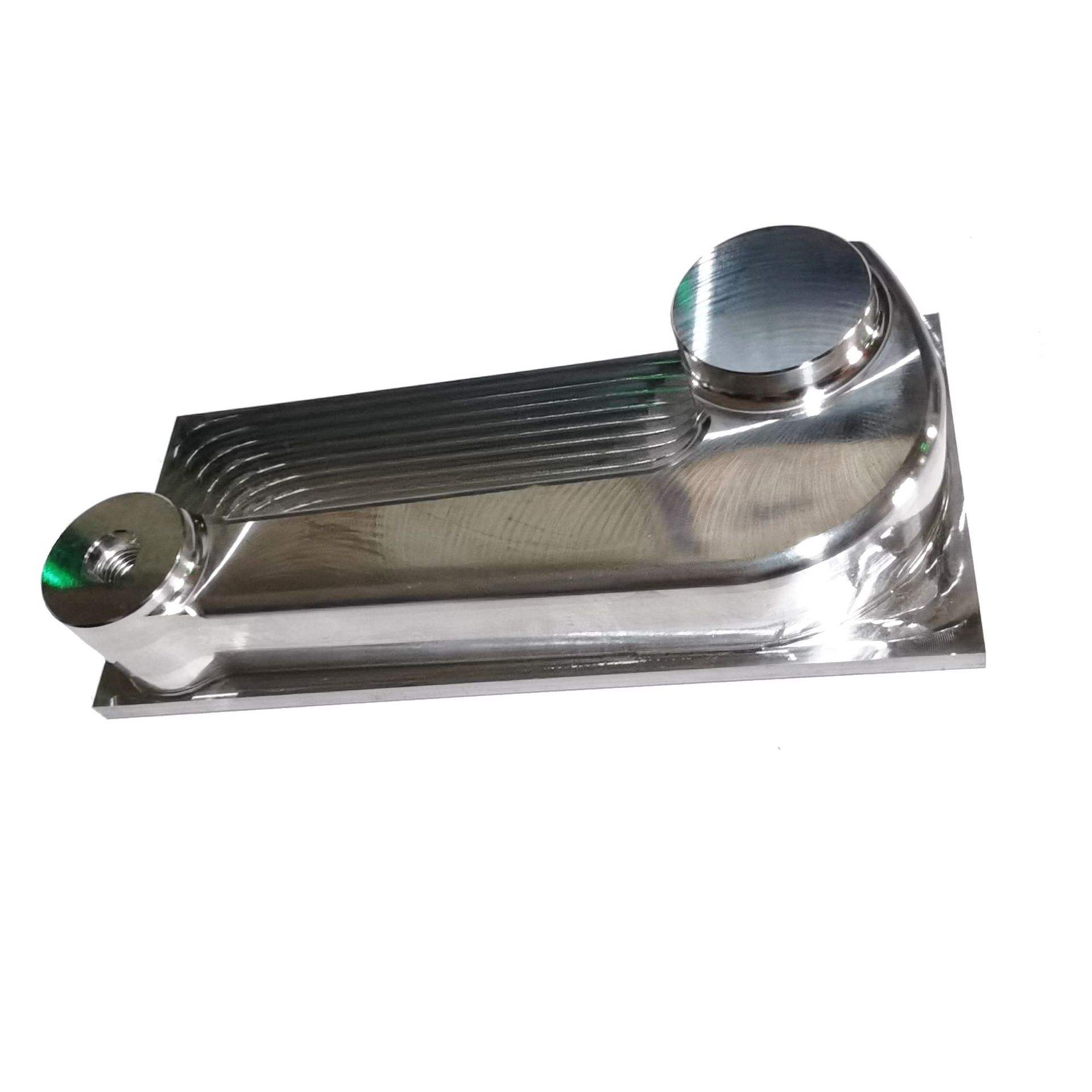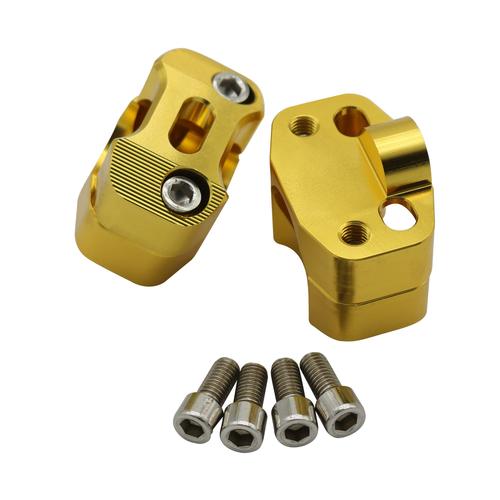Motorcycle Parts
Analysis of High Speed Machining Technology for Motorcycle Engine Parts
1 Materials and processing characteristics of motorcycle engine parts
1.1 Main parts materials
a) Body
The body consists of a cylinder block and a crankcase. The crankcase is usually die-cast aluminum alloy; the cylinder block can be divided into a cast iron cylinder block, a press-in cylinder block, and a bimetallic cylinder block. Among them, the aluminum alloy models are generally high-strength ZL101 and ZL 104 alloys. The cylinder liner is made of ductile iron, high phosphorus cast iron and alloy cast iron.
b) crankshaft
Motorcycle engine crankshafts are generally forged crankshafts. Crankshaft materials generally include ordinary carbon steel and alloy steel (35Mn2, 40Cr, 45Mn2, 35CrMoA, 42CrMoA, 50CrMoA, 40CrNi and 18Cr2Ni4WA).
c) connecting rod
Connecting rods are generally forged from medium carbon steel and alloy steel, and the materials are 45, 40Cr, 40MnB, 20Cr, 42CrMo, 20CrMo, etc.
d) piston
Motorcycle engine pistons are generally cast, and the materials are generally aluminum-silicon alloys ZL108, ZL109, ZL117, etc. Heat treatment methods include solid solution strengthening, quenching and stabilizing tempering.
e) Cylinder head
The cylinder head material is made of aluminum alloy casting. Cylinder head materials are widely used such as ZL 105, ZL 106, ZL 108, ZL4 and other high-silicon aluminum alloys and 66-1 rare earth aluminum alloys, and less cast iron is used.
f) Sprocket
Motorcycle sprocket materials are generally processed by low-carbon alloy steel through turning, gear hobbing, heat treatment, etc. The materials are generally 20CrMo, 20CrMnTi, etc.
9) Camshaft
Motorcycle engine camshafts are generally cast, and the materials are generally QT600-3, QT500-7, etc. The heat treatment method mainly adopts austempering, and the design of directly using chilled cast iron is also used.
1.2 Material processing characteristics
Motorcycle engine parts are generally made of aluminum alloy, carbon steel and alloy steel, some parts are made of cast iron, and the forming methods include lathe processing, casting and forging.
During the cutting process of aluminum alloy and low carbon steel, the workpiece material is easy to bond with the tool, forming bonded wear of the tool, especially in high-speed cutting, which easily leads to the bond failure of the tool. Moreover, aluminum alloy parts are prone to deformation during processing, especially thin-walled parts, which are difficult to guarantee processing accuracy and quality. Cast iron has better machinability than alloy steel. Generally, carbon steel and alloy steel have better machinability and are not difficult to machine materials. Therefore, the coated carbide cutting tool can meet the high-speed machining of motorcycle engine parts at present.


